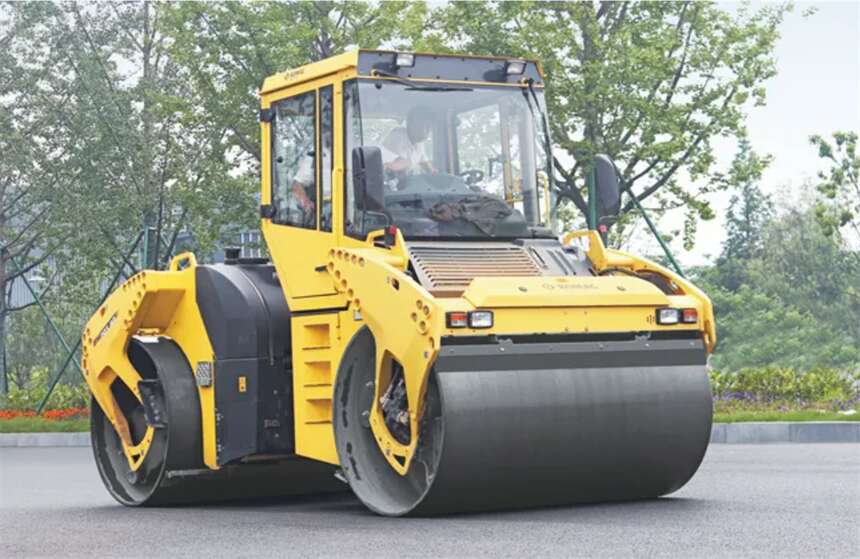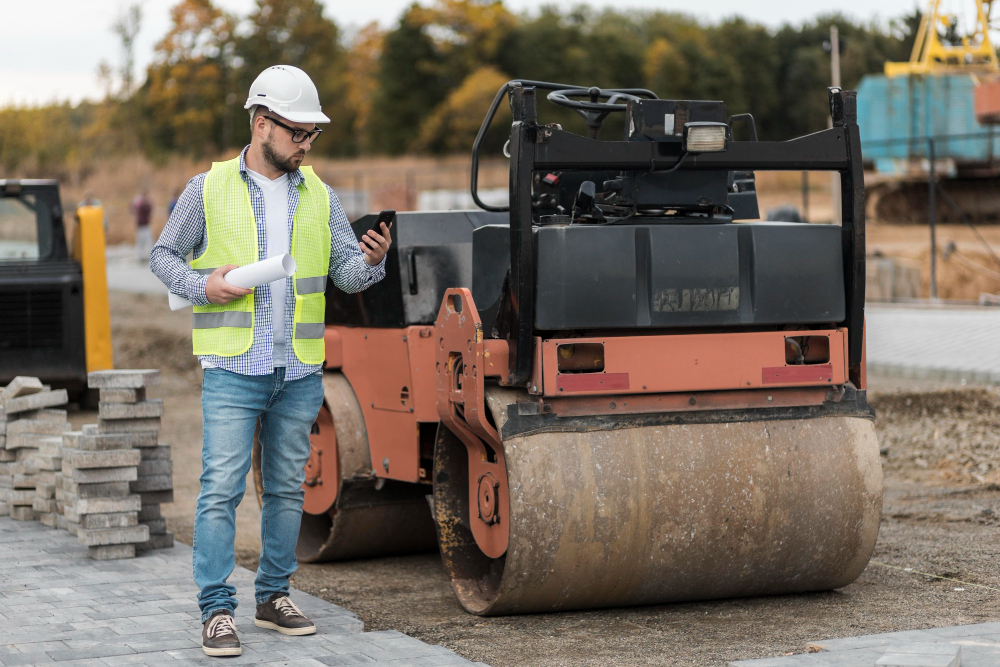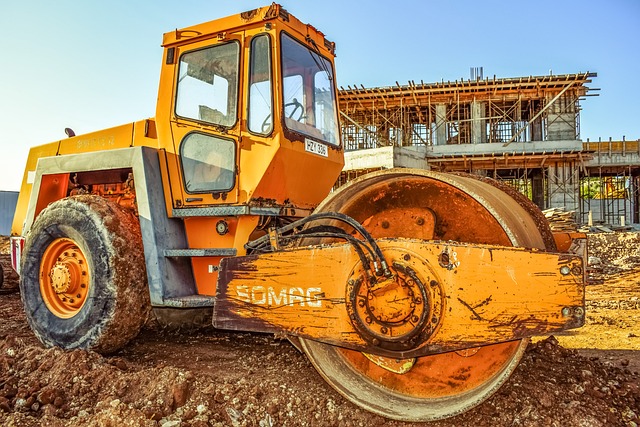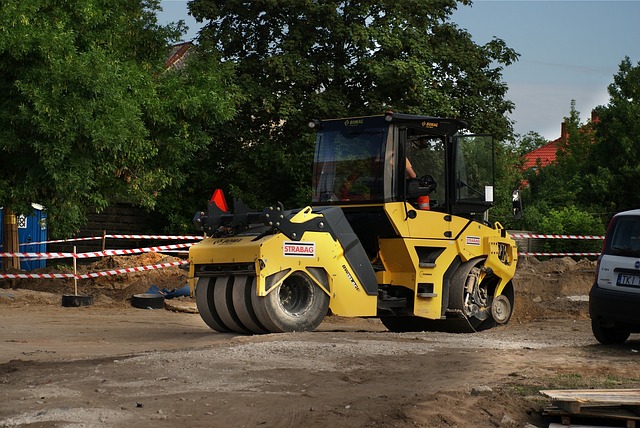structural integrity of roads and buildings relies heavily on the underlying soil conditions. For roads, the soil must withstand traffic loads, while for buildings, it must support structural loads. Compaction can increase a soil’s density, which is a major factor in determining its strength. Compaction eliminates air spaces between soil particles, resulting in a densely packed soil structure that can bear heavy loads, resist settling, and prevent issues like cracking and potholes.
Introduction to Wheel Roller Compactors
The Necessity for Wheel Roller Compactors
With the increase in construction projects, the need for efficient soil compaction has grown. To meet this demand, mechanized equipment like wheel roller compactors was developed. These machines significantly reduce the time and labor required for soil compaction, making large-scale projects more feasible.
Understanding Wheel Roller Compactors
Function and Operation
A wheel roller compactor is used to compact various materials such as soil, gravel, and asphalt. It consists of a large cylindrical steel drum and wheels, driven by an engine. The compactor applies pressure and vibration to the surface, reducing air voids and increasing the material’s density. This process enhances the stability and bearing capacity of the compacted material.
Types of Wheel Roller Compactors
Smooth Wheel Roller Compactor
This compactor features a smooth steel drum and is ideal for compacting granular materials like gravel, sand, and crushed stones. It is commonly used in road construction, parking lots, and foundations to achieve a smooth and level surface.
Pneumatic Tire Roller Compactor
Equipped with rubber tires instead of steel drums, pneumatic tire compactors are versatile and suitable for cohesive or semi-cohesive materials such as asphalt layers and sub-base layers. The tire pressure can be adjusted to control compaction pressure.
Grid Roller Compactor
A grid roller compactor has a drum with a grid pattern of steel bars or lugs, used to knead or crush cohesive materials like clay or silt. It is often employed in projects involving clayey soil stabilization, landfill construction, and dam embankments. Padfoot roller compactors operate similarly but use protruding pads instead of grids.
Components and Features of a Wheel Roller Compactor
Key Components
- Steel Drum: Applies pressure to the material being compacted.
- Wheels: Provide mobility and are usually made of rubber.
- Engine: Typically an internal combustion engine running on diesel.
- Vibration System: Adds oscillating motion to enhance compaction.
- Water System: Sprays water onto the drum to reduce friction and improve compaction.
- Operator’s Cabin: Provides a safe and comfortable environment for the operator, with controls and instrumentation to monitor and operate the machine.
Learn More: Padfoot vs Smooth Rollers: Choosing the Right Compaction Equipment for Your Project
Working Principles
Operation
The compactor moves over the surface, with the steel drum exerting downward pressure. The drum may also vibrate to enhance compaction. The combination of movement, pressure, and vibration reduces air voids and increases material density.
Compaction Process
- Position the compactor at the starting point.
- Drive the compactor forward, allowing the drum to make contact with the material.
- The compactor’s weight and downward force compress the material.
- Vibration (if equipped) enhances compaction.
- Continue moving forward, overlapping each pass until desired compaction is achieved.
Factors Influencing Compaction
- Material characteristics: Moisture content, gradation, and compaction properties.
- Compactor specifications: Weight, drum width, and configuration.
- Compaction method: Static or vibratory.
- Operator skill and experience.
- Environmental conditions: Temperature and humidity.
Benefits and Applications
Advantages
- Efficient Compaction: Increases material density, reducing air voids and improving stability.
- Versatility: Suitable for a range of applications.
- Increased Productivity: Covers larger areas quickly, reducing project time.
- Enhanced Surface Quality: Creates smooth, even surfaces, reducing maintenance needs.
- Cost Savings: Proper compaction leads to fewer maintenance issues and improved load-bearing capacity.
- Operator Comfort and Safety: Modern compactors are designed with ergonomic cabins, safety mechanisms, and vibration damping systems.
Common Applications
- Road Construction: Compacts base, sub-base, and asphalt layers.
- Parking Lots: Compacts gravel or asphalt layers.
- Foundations: Prepares soil or aggregate layers for building foundations.
- Landfills: Compacts waste materials, increasing capacity.
- Dam Construction: Compacts embankments and fill materials.
Selecting the Right Wheel Roller Compactor
Considerations
- Project Requirements: Material type, compaction density, and area size.
- Material Characteristics: Gradation, cohesion, and moisture content.
- Site Conditions: Terrain, accessibility, and obstacles.
- Operator Comfort and Safety: Cabin design, visibility, noise reduction, and safety mechanisms.
- Maintenance and Serviceability: Ease of access to components and availability of spare parts.
- Budget and Cost: Compare prices, features, and capabilities to find the best fit.
Learn More: Comprehensive Guide to Selecting the Right Roller Compactor
In conclusion, wheel roller compactors play a crucial role in modern construction, offering efficient and effective compaction for various materials. By understanding their types, components, and working principles, and by carefully selecting the right compactor for each project, construction professionals can achieve optimal results in terms of stability, surface quality, and cost savings.
4o

